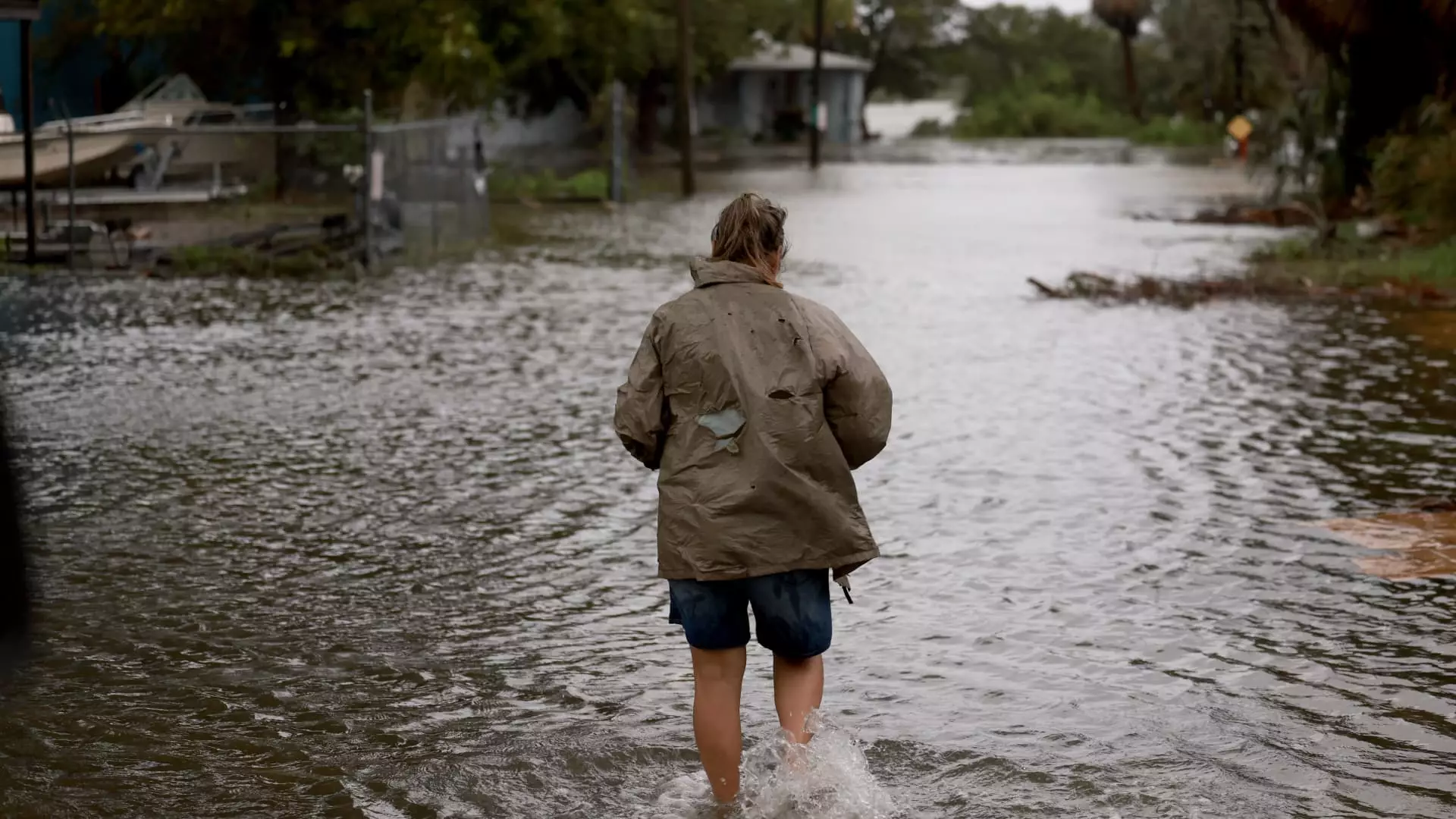The southeastern U.S. states recently experienced heavy rains and flash floods due to Hurricane Debby. While homeowners may have flood insurance to protect their property, many are unaware of the limitations that come with it. Flood insurance usually does not cover personal property or items stored in basements, leaving policyholders frustrated and surprised. In the face of climate change leading to more intense storms and floods, it is crucial to understand the intricacies of flood insurance coverage to adequately protect your assets.
The Scope of Basement Coverage
Insurance contracts often define basements broadly, encompassing areas like sunken living rooms or partially underground spaces. This broad definition contributes to the limitations in coverage when it comes to flood insurance. With flooding causing 90% of annual disaster damage in the U.S., the stakes are high for homeowners and renters to be aware of what is and isn’t covered under their policies. While homeowners can purchase flood insurance through FEMA’s National Flood Insurance Program, there is a significant percentage of homes in high-risk flooding areas without coverage.
FEMA’s flood policies exclude various items typically found in basements from coverage, including personal property like furniture and electronics, basement improvements, generators, and dehumidifiers. Additionally, items not connected to a power source or stored in a basement are also not covered. This poses a significant challenge for policyholders who rely on their basements for storage or living spaces. Even with the option to purchase additional “contents coverage” for specific items, coverage is still limited.
One way to address the limitations of basement coverage is by moving valuable items out of the basement to higher ground or storage units. Private insurers may offer broader coverage for basement items, but it varies depending on the insurer. As FEMA looks to update its NFIP program to enhance basement coverage, policyholders should stay informed about any changes that could affect their coverage. Understanding the differences in coverage between structural elements and personal property is crucial for making informed decisions regarding flood insurance.
Policyholders’ Responsibilities and Documentation
Policyholders should document essential information about equipment in their basement, such as manufacturer details and serial numbers, to facilitate the claims process in the event of flooding. FEMA recommends reviewing flood insurance policies to understand the covered items and expenses fully. Policyholders can also seek compensation for cleanup costs like pumping out floodwater, mold treatment, and structural drying, but proper documentation is essential.
The limitations of flood insurance coverage for basements highlight the importance of proactive risk management and understanding insurance policies. As climate change continues to impact the frequency and intensity of storms, homeowners must be vigilant about protecting their assets from flood damage. By staying informed, documenting vital information, and exploring coverage options, policyholders can better prepare for potential flooding disasters.


Leave a Reply